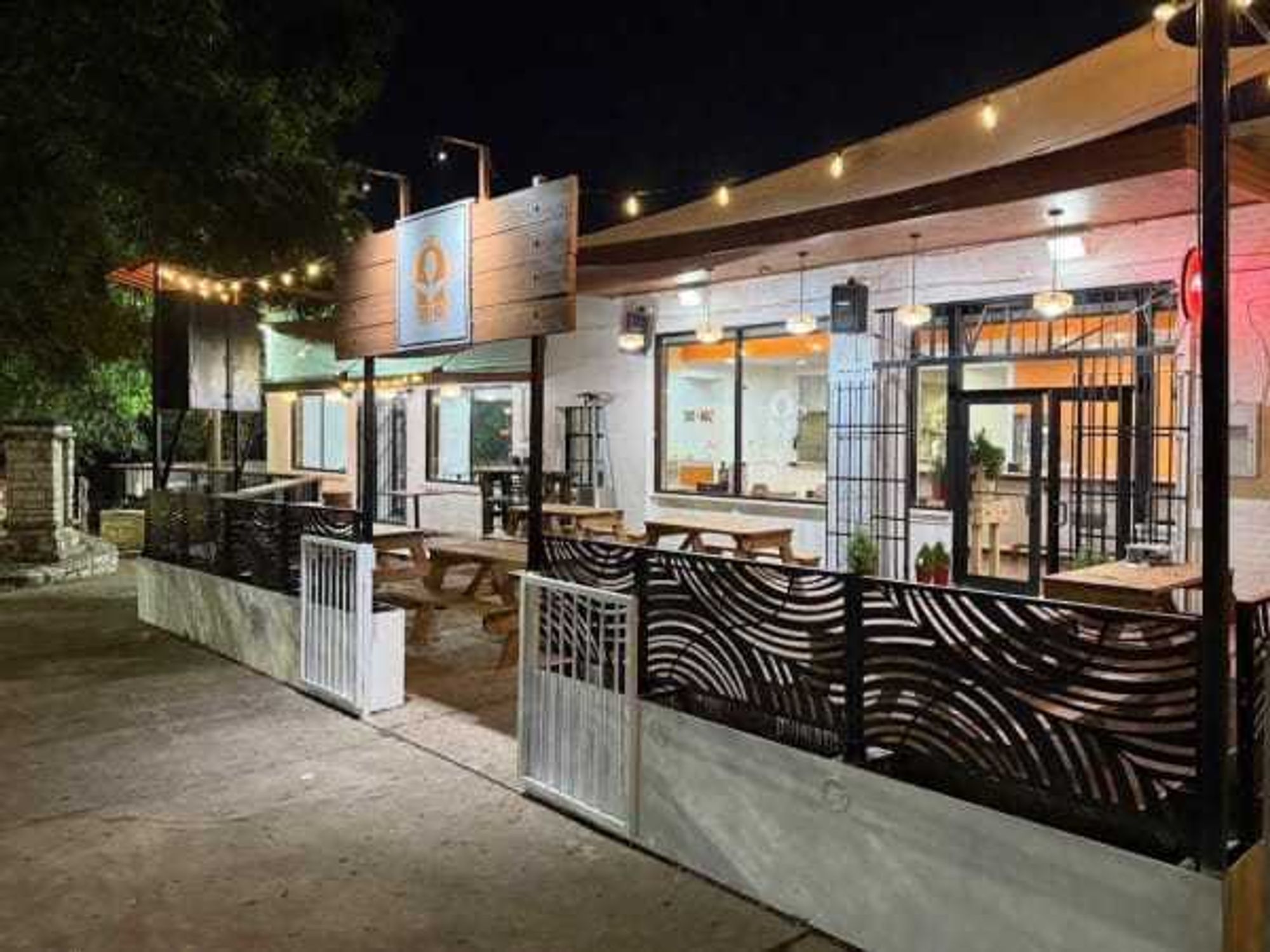Food Matters
HAAM for chefs: Austin Food for Life fosters healthy local restaurant industry
Many of us have heard of the effort to help Austin musicians afford better healthcare through organizations such as Health Alliance for Austin Musicians (HAAM) or the SIMS Foundation. But what about Austin's food community? In recent years, Austin's ascent to national culinary stardom has almost outpaced its stellar music reputation. And with its aspirations to be more like professional restaurant towns, the question of how to best take care of the people who work within it has become an important issue.
That's where Austin Food for Life comes in. This new nonprofit is the creation of Karla Loeb, a longtime Austin supporter of the local food economy, and Brian Stubbs, who is currently a consultant and bookkeeper for a handful of top restaurants, including Contigo and Noble Sandwiches. Together the two have built an organization based on a increasing concern for the growing population of uninsured or under-insured food industry workers in town.
“We want to try to create a way for people to make a sustainable living in [the restaurant] industry,” says Austin Food for Life co-founder Brian Stubbs.
“One of the hardest things we’ve realized with the hospitality industry in Austin is that there’s a big impediment to having a position as a line cook or something similar and being able to raise a family,” Stubbs says. “A lot of people end up leaving the industry to go find jobs that will offer them more stability. But we want to try to create a way for people to make a sustainable living in this industry.”
Keep in mind that a restaurant involves a lot more than the chef, waitstaff and bartenders — those most visible to diners. It extends to prep cooks, bar backs, bus boys, dishwashers and even local farmers and purveyors who supply many of the Capital City's restaurants with quality ingredients.
Many in the industry live paycheck to paycheck to make ends meet. But when something catastrophic happens, such as an injury from a car accident or a sick child at home, they often don't have the means to cover the medical expenses incurred from the event. What's more, time away from a shift forces many people to fall behind on their regular cash flow.
One of Austin Food for Life's goals is to serve as a fundraising outlet for specific beneficiaries in the food community who have face significant medial need. “We’ve seen events in Austin where restaurants have raised money for employees who have faced something catastrophic. But if you don’t have that network of support, hopefully we can be a place for them to reach out and ask for help,” Stubbs says.
To date, the young nonprofit has held specific fundraisers for different beneficiaries, including a special dinner put on by many restaurants to raise money for Heather Love, an employee of Dai Due Butcher Shop and Supper Club who was injured in a driving collision and faces a long and expensive recovery. The organization also hosted a crawfish boil at Lenoir to raise funds for a former employee whose infant daughter underwent multiple surgeries to counter a rare cancer diagnosis.
Combined, Austin Food for Life raised more than $30,000, which was distributed to the beneficiaries as a tax-free donation.
“Power Heard was one of our first employees, and his daughter Alice has had a hard battle to fight for her first year of life,” says Todd Duplechan, chef-owner of Lenoir. “He and his wife have had to take significant time away from work to help take care of Alice, and we really wanted to find a way to help them. Austin Food for Life made that possible.”
Austin Food for Life aims to help the food community navigate new healthcare standards with education and potential financial support.
Currently, restaurant employees do have health coverage options through the Texas Restaurant Association and the Austin Restaurant Association, but the plans generally offer low premiums in exchange for high deductibles and high co-pays for routine preventive medical needs.
On the horizon is the new national healthcare plan that will enforce guidelines affecting those working for smaller restaurants (less than 50 employees) in 2014 and for larger restaurants (more than 50 employees) in 2015. Although much is still being interpreted about the specifics of this new initiative, what is known is that a certain amount of responsibility will fall on employers to manage, while a great amount of responsibility will fall on the individual as well.
Although most larger-scale restaurant groups offer a full range of insurance benefits for their employees, not every restaurant in town offers the same opportunities. As a second tier of support, Austin Food for Life aims to help the food community navigate the new standards with education and potential financial support through the aid of health industry experts.
“We’re putting a board together comprised of health insurance professionals, lawyers and actuaries who know the legislation and how it will work,” Stubbs says. “With that we will focus on addressing the greatest needs in the food community.”
Austin Food for Life intends to have its board of industry experts in place by the end of the summer and a more concrete process in place for future aid to members of the food community by the time the initial implementation of healthcare reform takes place for 2014. In the meantime, the Austin food community can look to a growing commitment to a more sustainable professional restaurant industry in Austin.
“We want to be a solution for those people working in the food community to have resources to be healthy and to take care of their family while still working in this growing industry,” Stubbs says. “We still don’t know where all of the dominoes will fall, but that’s what we’re working toward.”

 Taco N Maíz during the day.Photo courtesy of Taco N Maíz
Taco N Maíz during the day.Photo courtesy of Taco N Maíz